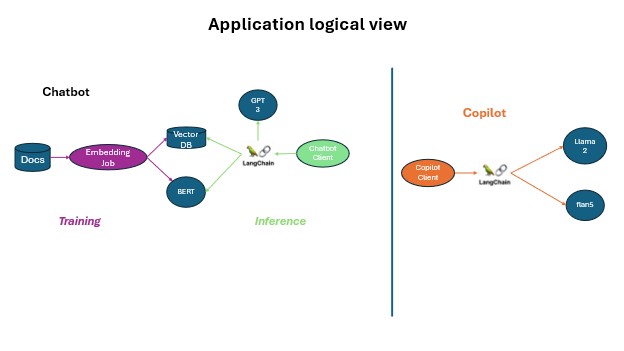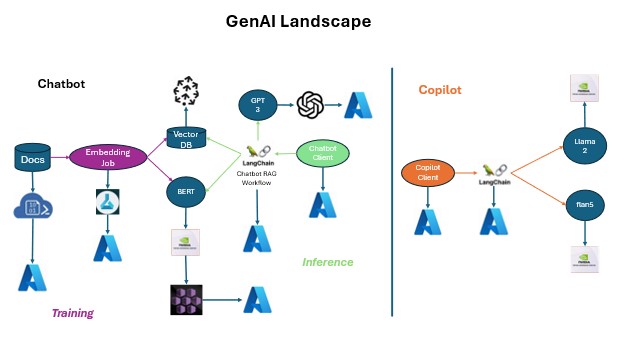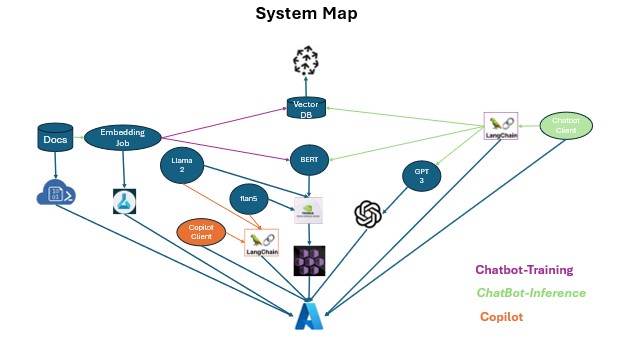Okahu
#Okahu concepts
Components
Components are the core building blocks of the user’s AI ecosystem. Every component has a unique identifier, a friendly name, description and type. A component can optionally include a set of attributes relevant to that component type eg. Triton server will specify the connection endpoint or Model will include parameters etc.
Infrastructure component
An infrastructure component is an instance of a service eg NVIDIA Triton server instance or Kubernetes cluster instance or Postgres database server etc. Every instance of a service type is a separate component eg RDS Postgres Finance-Service-EastUS and Sales-Service-WestUS are both Postgres servers and two different components.
ogical component
A logical component is a piece of code or data eg workflow code, GPT 3.5 Turbo model, vector data set etc. Every copy of such code or data is separate component.
Dependencies between components
A notion of dependency exists between components. A component can be ‘hosted’ by another component eg a Model is hosted on inference server; the inference server is hosted on Kubernetes. Note that a logical component can be hosted on an infrastructure component but can’t host any other component.
Application
An application is a business concept. It is a set of different logical components combined by some code/workflow to deliver some business KPI. Each of these logical components will be hosted on an infrastructure component. The application will have a unique name/id, friendly name and description. The application could include additional business metadata.
Linking logical components within an application
Each application will have a set of logical components stitched together. The output of one logical component is consumed by another, eg Langchain workflow will use a foundational model to consume the inference. Note that a given logical component could be used in more than one application eg a GPT 3 model is used by two different applications. ##Traces Traces are the full view of a single end-to-end application KPI eg Chatbot application to provide a response to end user’s question. Traces consists of various metadata about the application run including status, start time, duration, input/outputs etc. It also includes a list of individual steps aka “spans with details about that step. It’s typically the workflow code components of an application that generate the traces for application runs.
Spans
Spans are the individual steps executed by the application to perform a GenAI related task” eg app retrieving vectors from DB, app querying LLM for inference etc. The span includes the type of operation, start time, duration and metadata relevant to that step eg Model name, parameters and model endpoint/server for an inference request. It’s typically the workflow code components of an application that generate the traces for application runs.
Example - Stitching all together
Application logical view
Consider a LLM ecosystem in Contoso Inc who has deployed two applications, Customer Chatbot and recommendation copilot.

- The chatbot provides a simple Q&A for anybody browsing product catalog on the website. It uses the RAG pattern where a vector embeddings are built for product manuals and a foundation model is queried with the vector embeddings context to answer questions.
- The Copilot provides inline recommendations when customers are that are using products. It uses ensemble pattern where it has multiple small models which are queried simultaneously, and the best answer is displayed as recommendation.
Application infrastructure view

The above picture illustrates the full view of application and all the components.
System layout

As one can see, various components are reused in multiple applications. The system map includes the relationship between various components amongst themselves and applications. For example, all applications are using Azure, two different models used by two different applications are hosted on same Triton inference server etc.